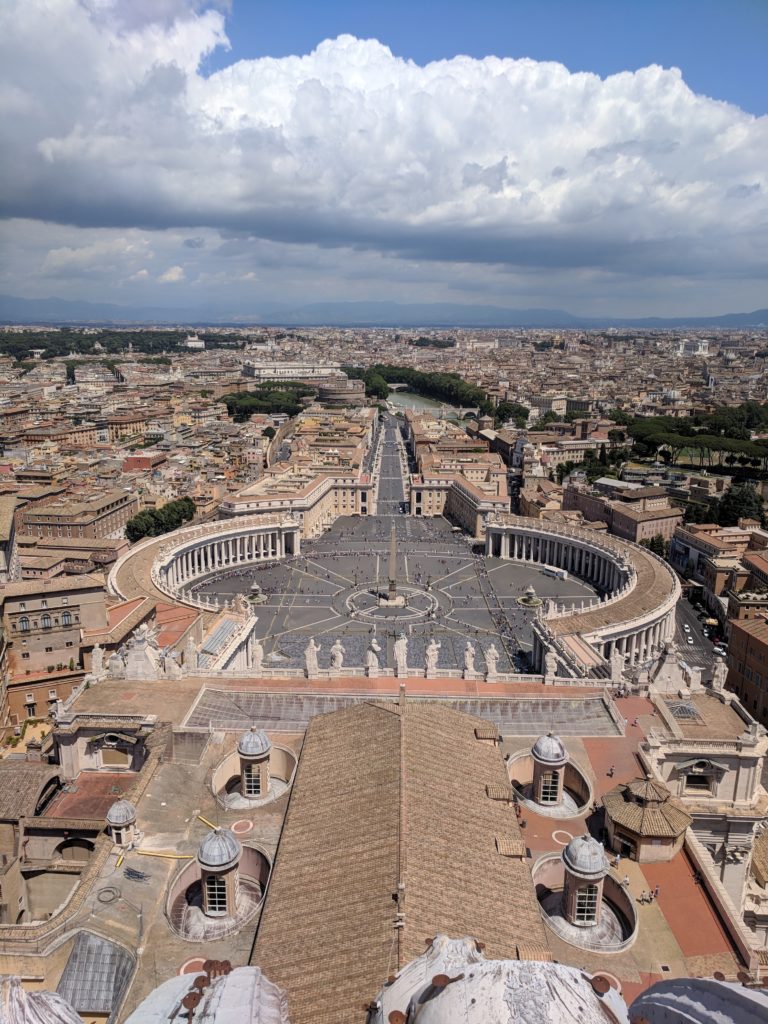
This post continues an ongoing special series of the Notre Dame Medieval Studies Research Blog called “Working in the Archives.” This series focuses on practical knowledge for accessing archives across Europe and North Africa, for making each archival visit a productive one, and for enhancing the quality of life of the researcher during the visit.
This entry in the series will discuss how to navigate a trip to one of the most famous archives in the world: the Archivio Segreto Vaticano (ASV), or the Vatican Secret Archives.
Below, I will discuss what is needed to make an archival visit to the ASV productive. I take each archive in turn, explaining how to get to both archives from the various modes of transit in Rome (bus, metro, walking), what is needed to access the archive, how to search for material, how to request that material, and other essential information needed for a successful research trip.
How to Get There (ASV) Cortile del Belvedere – 00120 Città del Vaticano
Public transit is the most affordable way to get around Rome and to the Vatican unless staying near the archive. A bus will get you the closest to the ASV, with buses 32, 81, and 590 dropping off at the Piazza del Risorgimento, the stop nearest the Porta Sant’Anna, the entry to Vatican City on its eastern side. If you would like to take the metro, the nearest metro stop is the A-line stop, Ottaviano. There are three metro lines in Rome, with lines A and B intersecting at Roma Termini, Rome’s train station, and lines A and C connecting at stop San Giovanni. A weekly public transit ticket (7 calendar days) costs 24 euros. I found this method the most convenient, as the ticket allows access to both buses and the metro.
The ASV website does not say by which gate a researcher to the archive is supposed to enter. As mentioned just above, the gate is the Porta Sant’Anna, which is the gate by which cars enter the Vatican. Once at the gate, you must pass through multiple lines of security, beginning with the Swiss Guard watching the gate. Prepare yourself for an awkward first exchange, as you will not have your research card your first time entering the archive. You must collect it at the archive itself. Do not expect the guard to know English and be ready with a few prepared sentences or a piece of paper explaining the situation. After the first visit, it is a much less stressful experience.
After you pass through security, head up the Via Sant’Anna into the Belvedere Courtyard, then take a right. The ASV overlooks the adjacent courtyard, the Cortile della Bibliotecha sitting next to the Sistine Salon.
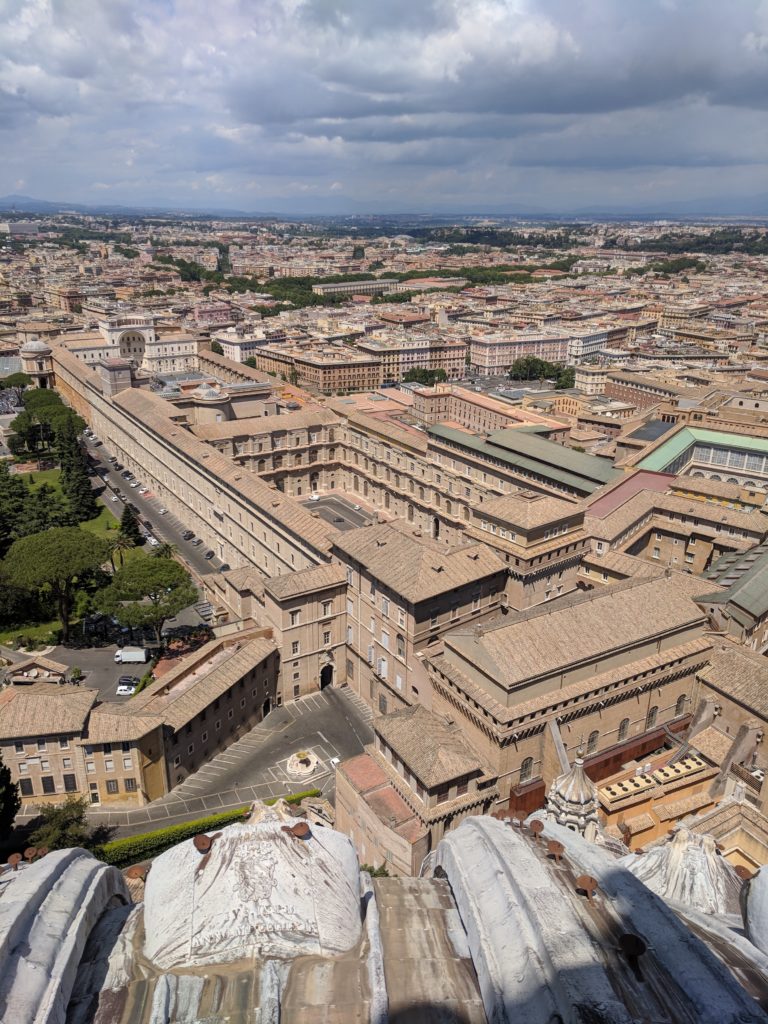
What You Need to Access the Archive
Of all the archives I have personally visited, accessing the Vatican Secret Archives is certainly the most complicated. Before visiting the archive, one must first fill out an application online: http://www.archiviosegretovaticano.va/content/archiviosegretovaticano/en/consultazione/admission-request.html. Before filling out the application, the researcher must have a detailed research plan—what holdings one plans to consult and the length and dates of the planned visit to the archive must be known before approval is granted. The application itself contains a Collection Index by which you can identify the desired collection, however, for those not confident in their Italian, navigating it will perhaps be difficult. I would recommend consulting Francis X. Blouin’s Vatican Archives: An Inventory and Guide to Historical Documents of the Holy See as a supplement to the application process.[1] Finally, an affiliation with a university and a letter of introduction are also both required.
The approval process for access for an ASV card takes less than a week, and in my experience, was handled and approved on the same day.
Some Important Details of the ASV
After your research plan and topic have been approved, the ASV will prepare your card for pickup from the archival reception counter. The ASV does not send you your research card in the mail! You must first go to the archive to get the card, and subsequent visits pass much more smoothly. Additionally, while it is always nice to dress professionally while conducting archival research, there is an actual dress code for researchers in the Secret Archives and its subsidiaries. Dress clothes are required, and I personally wore a blazer, although it is not specifically mandated.
Be prepared for several barriers to effective archival research when working at the Vatican Secret Archives. First, you cannot take photos in the Secret Archive. While unsurprising considering the nature of the material, the ASV also does not allow consultation of more than 5 archival items per day (3 in the morning and 2 more in the afternoon). Furthermore, photocopies of archival material, digital or print, are extremely expensive. The archive charges a flat fee of 8 euros to scan any archival item. On top of this flat fee, the archive charges 2 euros per page for the first hundred pages scanned. After the first hundred pages, however, they cost .80 cents. So, were I to request a single scanned page, it would cost me 10 euros. Two pages would cost me 12 euros, and so on. Scanning a page from two different archival units would cost 20 euros.
If applying for grants to research at the ASV, I strongly encourage you to factor in this cost into your grant applications.
As a final note, the ASV closes at the end of June and reopens in September, leaving no room for scholars or researchers planning to visit in the later summer months. This information is readily available, but it is still an important thing to consider in planning your trip.
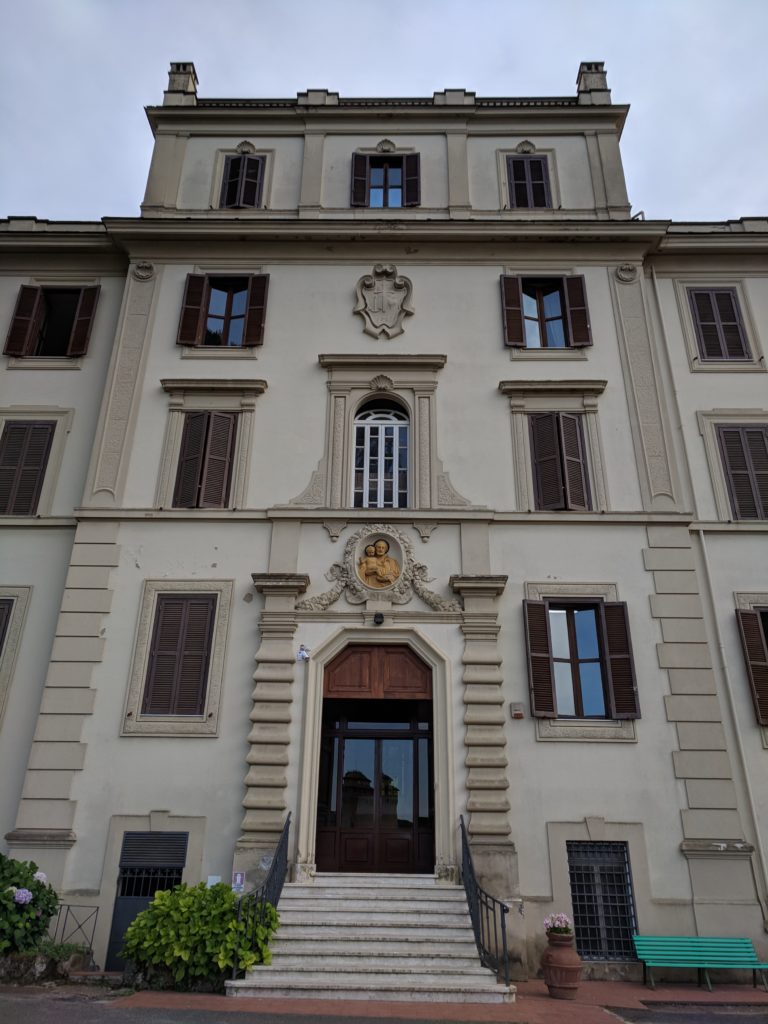
Quality of Life
One of the nicest parts of conducting research in Rome is the abundance of good food and good coffee to be found almost anywhere in the center of the city. There are many little coffee shops and restaurants right next to the Porta Sant’Anna, although they are expensive and crowded. If you don’t mind a little walk, there are cheaper (but still good!) restaurants and coffee shops south of the Vatican, along the Via Aurelia and the Via di Porta Cavalleggeri.
Regarding places to stay, Air B&B and the like can be quite expensive in the center of Rome and near the Vatican, especially if you are traveling alone. A financially sensible alternative is to stay in one of the many monasteries located near the Vatican. Many of these are populated with practicing monks and nuns, providing a much different experience than a normal hotel or B&B. I stayed in the Santa Emilia De Vialar, about a 20-minute walk from the Vatican gates.
Sean Sapp
University of Notre Dame
[1] Francis X. Blouin, Vatican Archives: An Inventory and Guide to Historical Documents of the Holy See (Oxford: Oxford University Press, 1998).

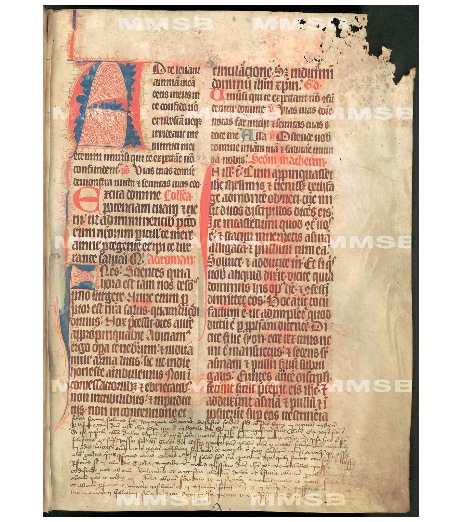
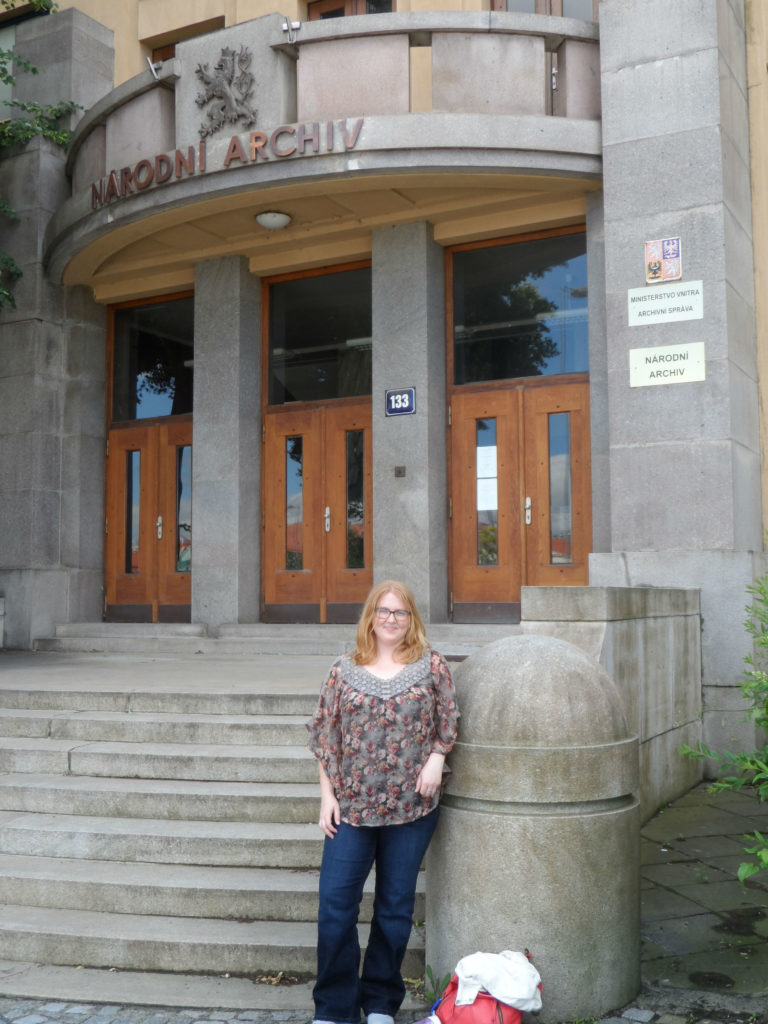
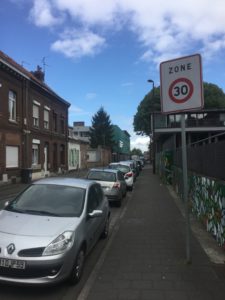
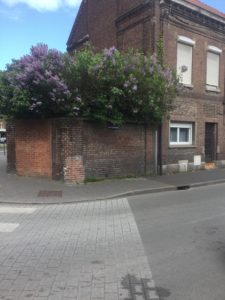
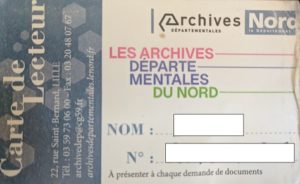 The important part of the archival research card is the Reading Number- it is this number that is required to request manuscripts to view.
The important part of the archival research card is the Reading Number- it is this number that is required to request manuscripts to view.